Stringent Regulatory Standards
The Hygienic Cladding Market is significantly impacted by stringent regulatory standards imposed by health and safety authorities. These regulations mandate the use of materials that meet specific hygiene and safety criteria, particularly in sectors such as food processing and healthcare. Compliance with these standards is not only a legal requirement but also a competitive advantage for businesses. As regulations evolve, companies are increasingly turning to hygienic cladding solutions that fulfill these requirements, thereby driving market growth. The need for compliance is expected to propel the market, as organizations seek to avoid penalties and enhance their reputations by adopting high-quality hygienic materials.
Rising Awareness of Health and Safety
There is a growing awareness of health and safety among consumers and businesses, which is positively influencing the Hygienic Cladding Market. This heightened consciousness is leading to increased investments in infrastructure that prioritizes hygiene, particularly in public spaces, healthcare facilities, and food production areas. As a result, the demand for hygienic cladding materials is on the rise, as they provide essential protection against contamination. Market analysts suggest that this trend could lead to a significant increase in the adoption of hygienic cladding solutions, as organizations strive to create safer environments for employees and customers alike. The Hygienic Cladding Market is thus positioned for substantial growth in response to these evolving consumer expectations.
Increased Demand for Hygiene Solutions
The Hygienic Cladding Market is experiencing a notable surge in demand for hygiene solutions across various sectors, particularly in healthcare and food processing. This trend is driven by heightened awareness of cleanliness and the need for materials that can withstand rigorous cleaning protocols. The market is projected to grow at a compound annual growth rate (CAGR) of approximately 6% over the next five years, indicating a robust expansion. As organizations prioritize hygiene, the adoption of hygienic cladding materials, which are resistant to bacteria and easy to clean, becomes essential. This shift not only enhances safety but also aligns with the growing consumer preference for sanitary environments, thereby propelling the Hygienic Cladding Market forward.
Expansion of the Food and Beverage Sector
The expansion of the food and beverage sector is a critical driver for the Hygienic Cladding Market. As this sector continues to grow, the demand for hygienic environments becomes increasingly paramount. Hygienic cladding materials are essential in food processing facilities, where cleanliness is crucial to prevent contamination and ensure product safety. The market is expected to benefit from this expansion, as more food and beverage companies invest in infrastructure that meets hygiene standards. This trend is likely to result in a steady increase in the adoption of hygienic cladding solutions, thereby reinforcing the Hygienic Cladding Market's growth trajectory in the coming years.
Technological Innovations in Material Science
Technological advancements in material science are significantly influencing the Hygienic Cladding Market. Innovations such as antimicrobial coatings and advanced polymer formulations are enhancing the performance of hygienic cladding materials. These developments not only improve durability but also contribute to better hygiene standards. For instance, the introduction of self-cleaning surfaces is gaining traction, potentially reducing maintenance costs and labor. The market is witnessing an influx of new products that leverage these technologies, which could lead to a projected increase in market share for manufacturers who invest in research and development. As a result, the Hygienic Cladding Market is likely to see a shift towards more sophisticated and effective solutions.


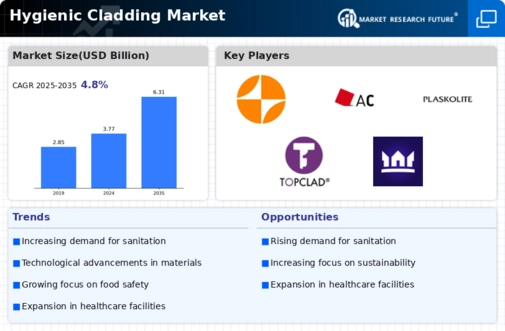
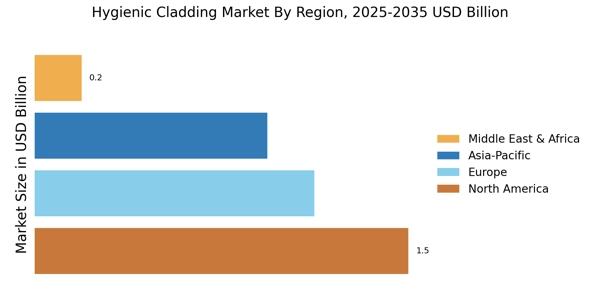

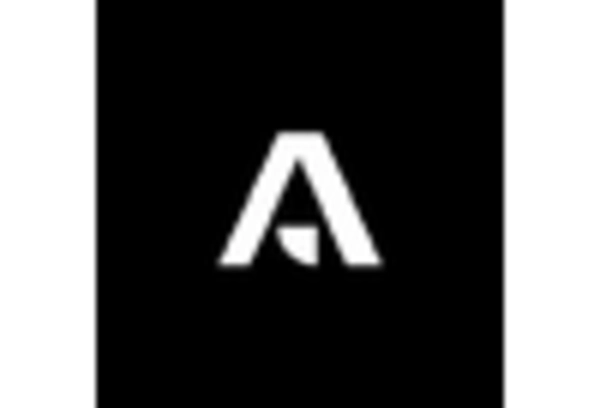

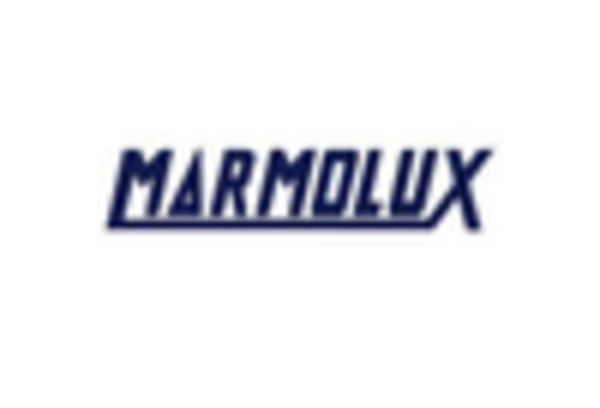
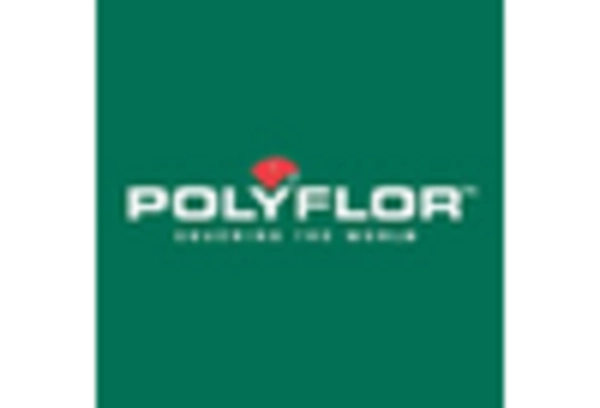
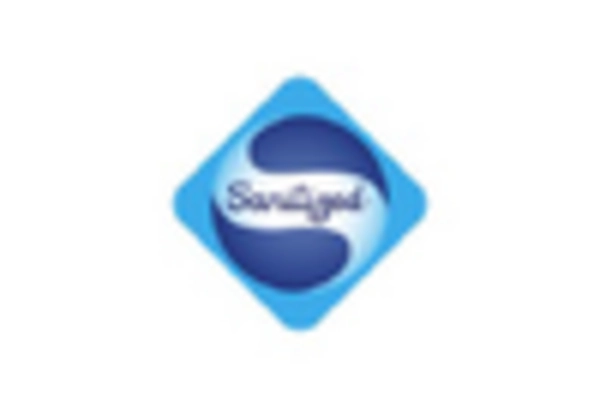








Leave a Comment